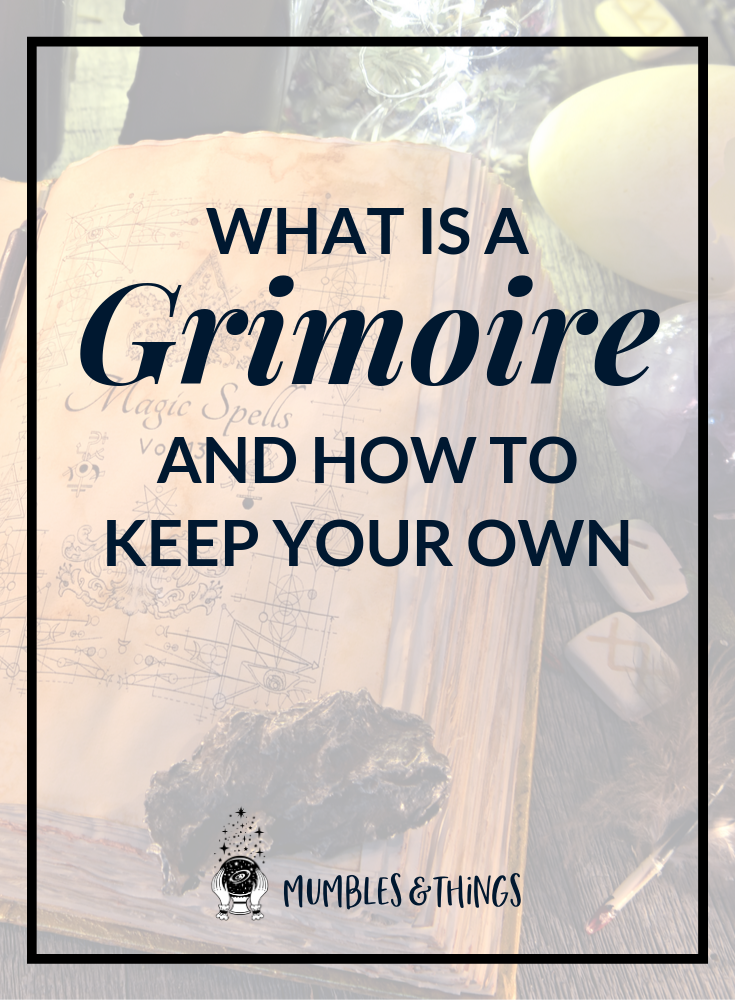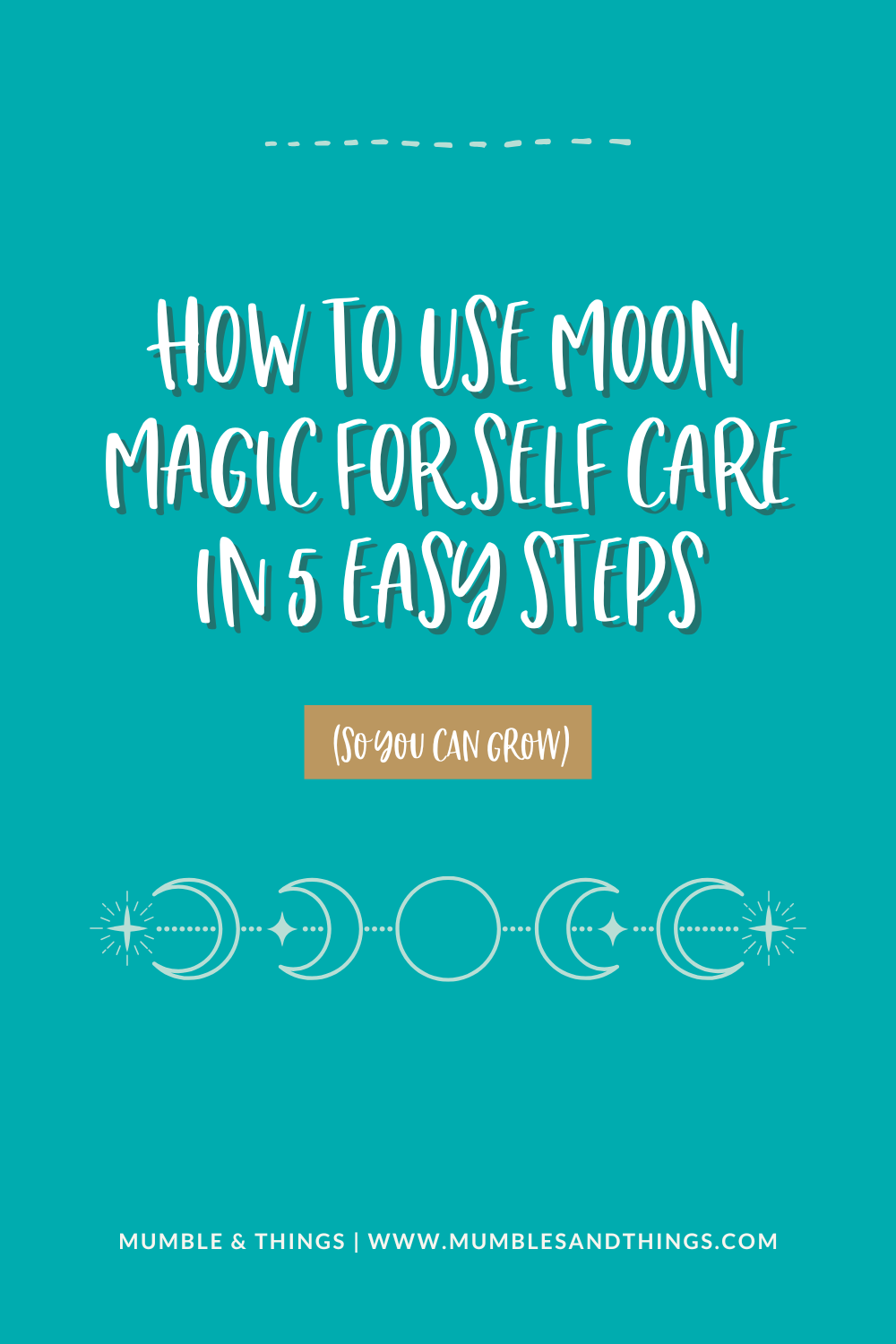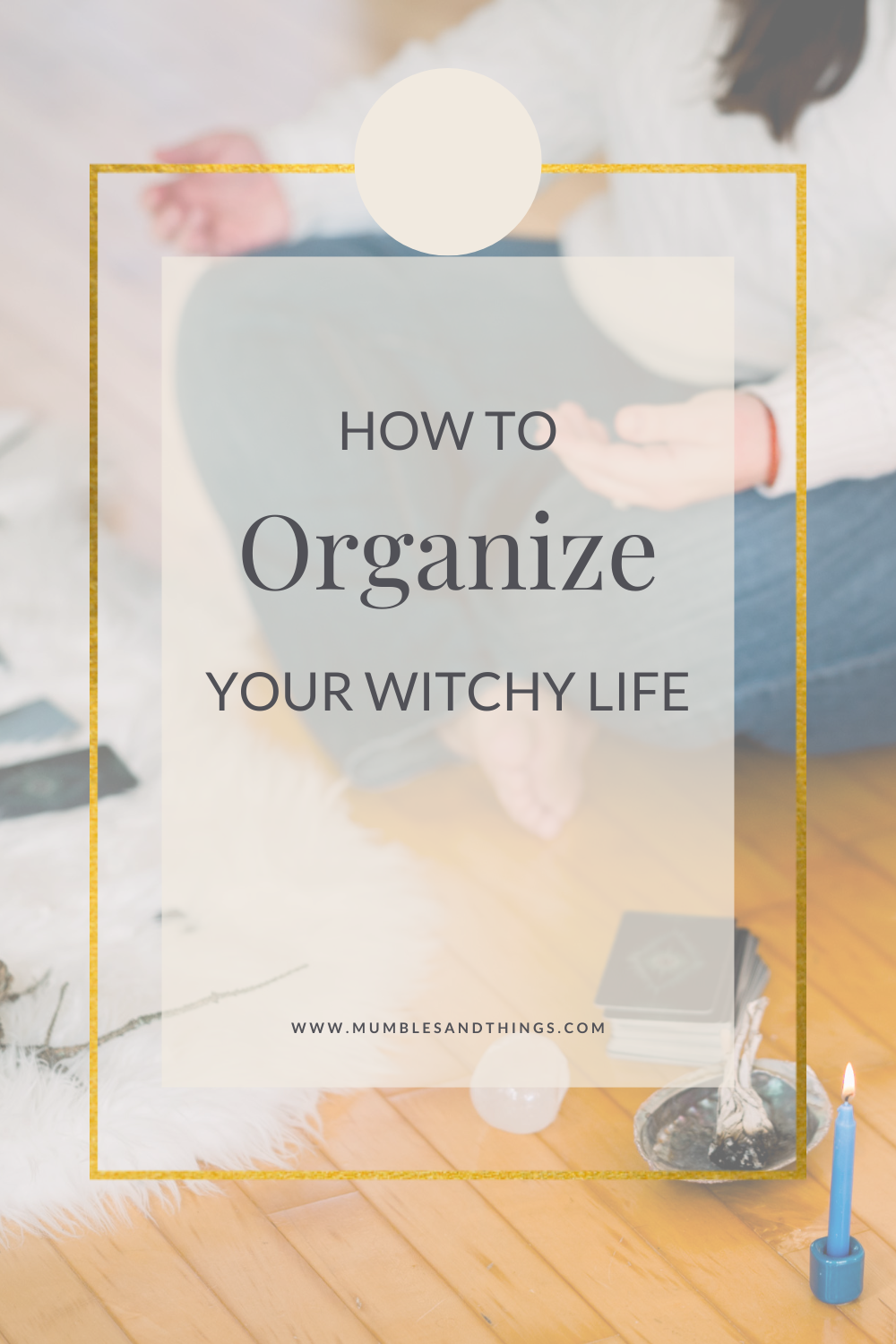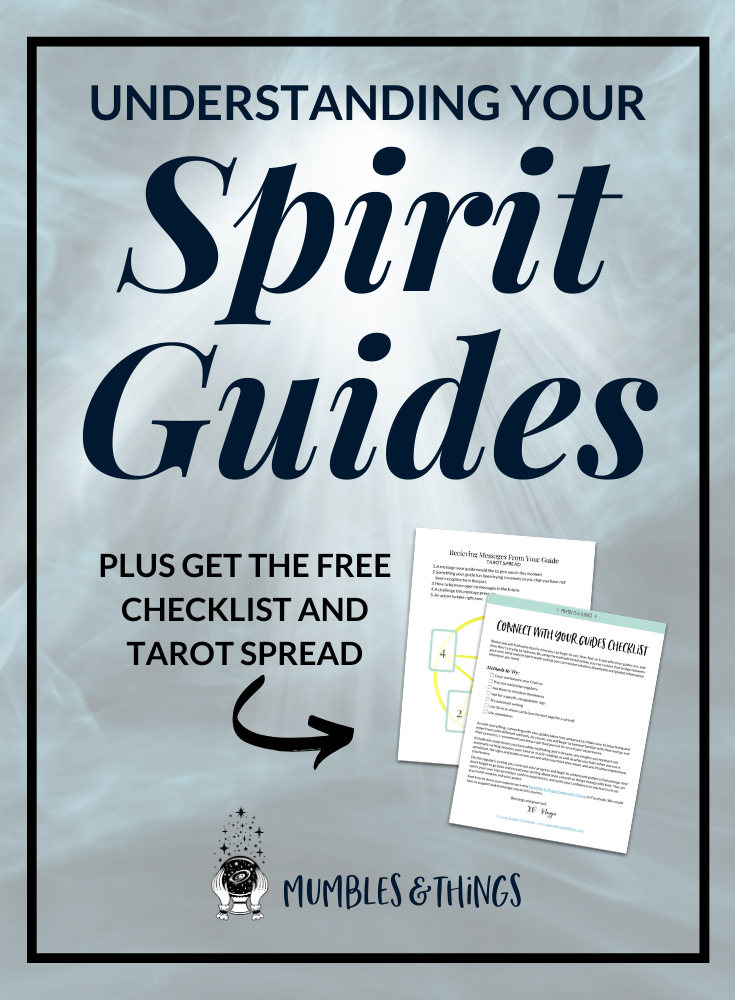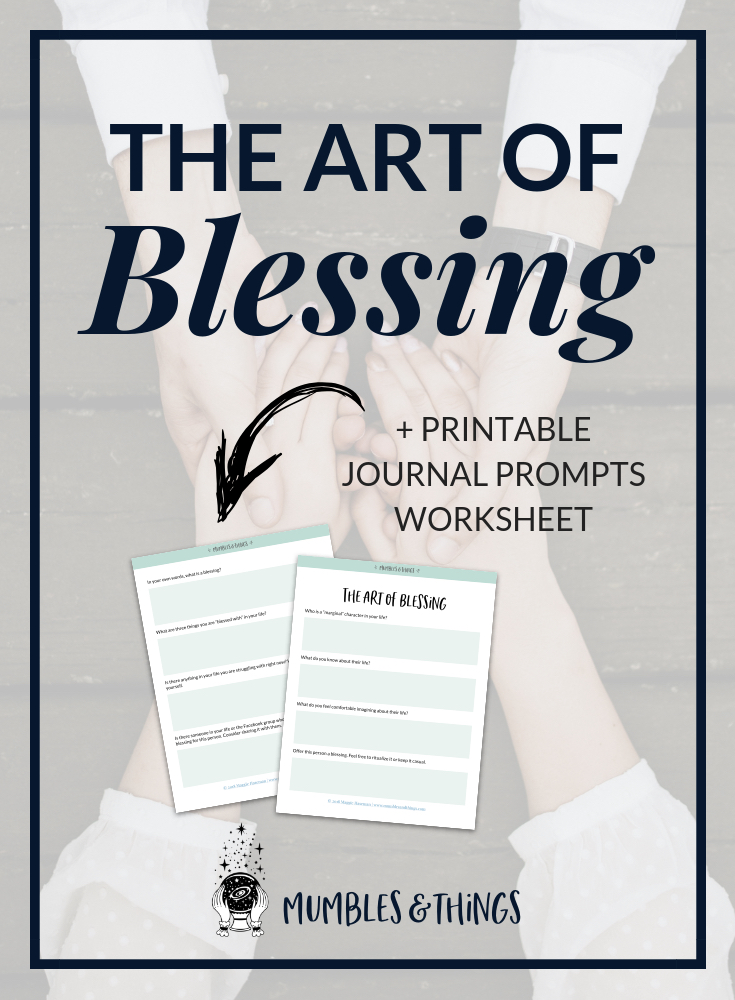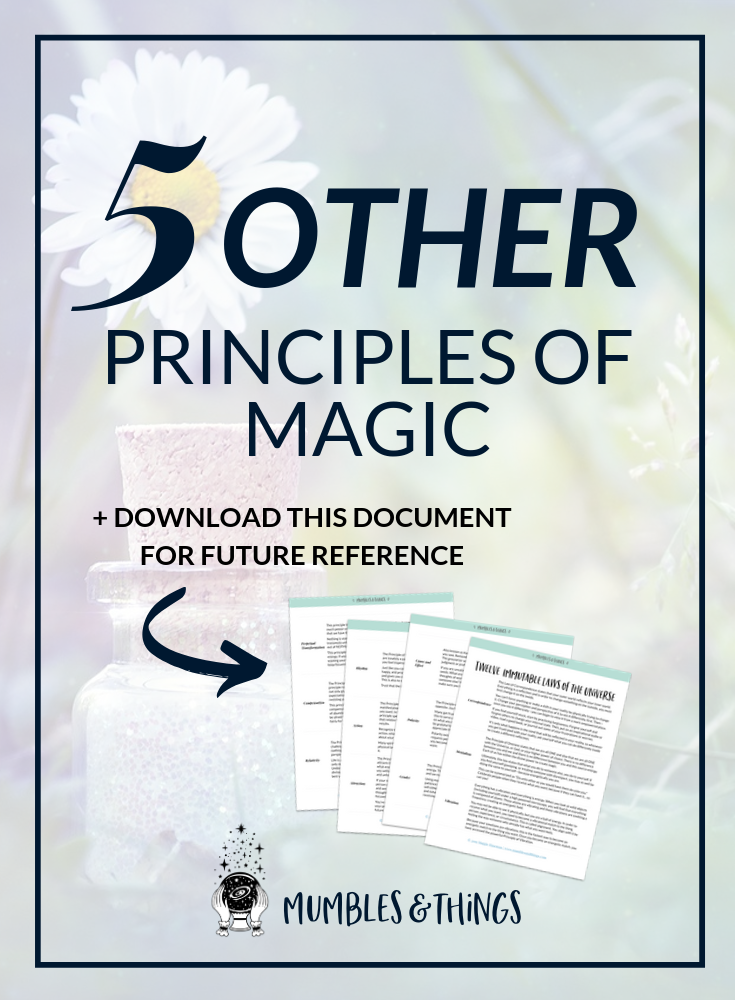What is a Grimoire and How to Keep Your Own
There is a longstanding tradition of witches carrying around their books of spells, rituals, incantations, and other magical information, yet there is confusion about what exactly a grimoire is and how best to use one.
No matter how long you’ve been practicing witchcraft, you can benefit from keeping and using a grimoire.
You’re in the right place if you…
want to know what a grimoire is
want to understand the history of magic books
want to learn the difference between a grimoire and a book of shadows
want to know what to keep in your own grimoire
want to learn a variety of grimoire options for a modern witch
What Is A Grimoire?
The simple definition is that a grimoire is a book that contains any kind of magical information. We have to use a simple definition because a witch’s grimoire is as unique as the witch who made it, just as each witch’s practice is unique. What is integral to one witch’s practice may not be to another, and therefore isn’t included in their grimoire.
A grimoire can be made from a variety of different materials. It can be hundreds of “pages” long or only contain a couple of important “pages.”
P.S. I put pages in quotes here because some grimoires may not have physical pages at all.
This book may be passed down from one generation to the next, or a witch may create a brand new grimoire for their own practice.
Regardless of what the grimoire looks like or contains, it is special. It’s important for you to create a grimoire that is specific to your needs as a witch, your lifestyle, and your magical practice. Otherwise, you are unlikely to use it.
Your Grimoire
As you discover and collect information you want to remember, you navigate your own path of learning and growing spiritually.
A grimoire becomes a recorded collection of the tales, myths, spells, magical correspondences, and ideas that resonate with you so that you can refer to it in the future.
A grimoire is not necessary for one to be a witch; however, many witches find it to be truly useful if not essential to their practice. It is a record of your practice, a journal of your deep thoughts, and a personalized encyclopedia of spells, correspondences and practical information.
History Of Grimoires
Written instructions for magical practices and information have existed as long as humans have written things down, from the most ancient magic books, like the Egyptian Book of Thoth, to the valuable tool they have become for modern witches today.
Before the printing press, magic was shared through storytelling and passing handwritten books from one person to the next. The invention of the printing press allowed these texts to be printed and distributed more widely.
Christian Persecution
Sadly, many of the earliest magic books have been lost throughout history. The tradition in some practices for a witch’s personal grimoire to be burned upon his or her death contributed to this. So did the rise of Christianity.
The Roman Catholic Inquisition was known to punish those who owned magical books. The Witch Hunts that occurred in many European countries resulted in the destruction of innumerable magical manuscripts as well.
We often consider the rise of Christianity to be the end of magic. In truth, many people continued to practice magic and write down their knowledge, even with the risk of persecution and death. They were simply more quiet about it and learned how to practice discretely.
Magic in the Public Eye
Magic was brought back into the public eye with the rise of various magical organizations in the 19th century. Magic practitioners began collecting occult information and studying ancient magical systems in order to develop ceremonial magical practices of their own. People began to call these magic books “grimoires”.
The word “grimoire” came to mean a collection of information on occult subjects that may or may not include any of the following:
instructions for spells and rituals
ingredients and materials such as herbs and crystals, their uses and their correspondences
prayers, incantations or invocations to deities and spirits
symbols and their meaning
divination systems and techniques
or any other magical information
A grimoire was a melting pot of traditions, time periods, and religions written through the lens of the author. It was up to the author’s discretion to include or ignore various ingredients or actions based on their preferences.
Imperialism and Witchcraft
In some ways, this process of taking religious inspiration from several sources, including the religious practices of other cultures, is imperialism and colonialism at its peak. This imperialist worldview was common in European intellectuals of the 19th century and has led to many modern witchcraft practices.
Related: What is Cultural Appropriation?
The rapid expansion of European civilizations across the globe resulted in the elimination and oppression of countless people, tribes, cities, and nations. The Imperialists took without thought, and these teaching have trickled down and have been watered down over time.
It’s important to recognize these practices for what they are and remember the history of our ancestors, whoever they were.
While witches do collect, modify, and update whatever practices and traditions resonate with their practice, be sure to recognize and honor the origin of these customs when recording them in your grimoire in order to avoid continuing the tradition of colonialism in the modern witchcraft community.
A Modern Grimoire
The long history of the grimoire, with its ancient roots, has brought it into the modern age. It is a very practical tool for any witch that can be personalized to your unique preferences.
Modern grimoires are as varied as modern witches.
Some witches keep more traditional grimoires with rituals, spells, and information that is important to the witch. There may be a record of the significant events from the life of the witch.
Some witches guard their grimoire carefully and only share with select people, while others publish their grimoire publicly online or in a book.
The grimoire may be a collection of printed papers in a binder, a beautifully decorated journal, or a file on the computer.
A grimoire may be a single book that the witch continually adds to the next page, it may be organized with tabs or folders or it may be a series of journals, each with it’s own purpose.
Some witches include poetry, quotes, recipes, and drawings that may or may not be directly related to magic while others prefer to limit their additions to only magical topics.
There are no rules to how you keep your grimoire so long as it is special to you.
What’s in a Name?
There are many words you can use to describe your magic book, particularly grimoire, which is the word I use, and book of shadows. So, what’s the difference?
I say, “Grimoire,” you say…
There are many paths and traditions you can explore when learning how to use magic to discover your power. I tend to write from a secular perspective because I want you to be able to apply this information to your practice regardless of the religious traditions you follow, if any.
For this reason, I mostly use the word “grimoire” rather than “book of shadows” when referencing a witch’s magic book. There are many ways to differentiate these two terms, and some witches even use them interchangeably.
You should feel free to call your magic book anything that you want.
Origin of the Word Grimoire
The word “grimoire” is French in origin. It is an old spelling of the word, “grammaire” (or “grammar” in English). The root of the word “grimoire” is thought to come from a Latin word, which means “a teaching book”.
Most people recognize the word grimoire as a magic book of spells and incantations, though the dictionary often defines it as “a magician's manual for invoking demons and the spirits of the dead”.
The word demon didn’t always mean “evil spirit”. At one point in time, this word was used to describe non-human beings or entities that a witch could call on to help with their working.
Therefore, this definition is partially true, as one could certainly include steps for communicating with non-human entities such as spirits, deities and those who have passed away in their grimoire if they were interested in such things.
However, this definition is limiting because a typical grimoire is certainly more than information on contacting demons, spirits, and deities. And some witches don’t practice that kind of magic at all.
Gardnerian Wicca
The name “Book of Shadows” originates from the religion and tradition of Wicca; however, it has taken on many meanings over time and is not necessarily exclusive to those who practice Wicca.
I won’t go into the origin of the Wiccan book of shadows, but the first use of the word in reference to a magical book was to describe a text meant to be used specifically by Gerald Gardner’s coven.
You may or may not know, but Gerald Gardner is considered the father of modern day Wicca. Gardner was very secretive about the practices and rituals performed within his coven. Even in the 1940s and the decades that followed, witchcraft wasn’t exactly widely accepted.
Grimoire vs. Book of Shadows
Because of this, many witches consider a “book of shadows” to be the secret, private book that they keep just for themself and the “grimoire” to be something they might share with others more publicly.
It’s up to the individual witch to decide how secretive they want to be with their practice. You may not need to (or wish to) keep your practice a secret. Depending on your environment and circumstances you might want to share your grimoire widely.
Imagine where we’d be if our ancestors hadn’t shared what knowledge they did!
Choosing a Type of Grimoire
Witches in the 21st century have access to so much information at our fingertips. Some of the sources of available information are more useful than others, especially because each witch has varied interests and preferences.
We also have so many options for recording this information. We can do more than our ancestors could have imagined while using fewer resources.
Before you get started creating your grimoire, it’s important to weigh your options carefully. You wouldn't want to begin creating a grimoire in one medium only to find that you prefer to use another instead. Being well-informed about all the possibilities will help you avoid wishing you’d chosen differently halfway through the process!
At the same time, it’s okay to change how you keep a grimoire later. Your practice will likely evolve as your interests and preferences change. Allow your grimoire to reflect these changes if necessary.
Remember that there is no right or wrong when it comes to keeping your grimoire. It would be unrealistic to say that using one of the following grimoire options is absolutely easier and better than any other form. The right option is what is right for you.
Your experience will greatly depend on certain factors such as your skills, the resources you have available to you, your lifestyle and where you are in your witchcraft practice.
Types of Grimoires:
Published
Journal or Notebook
Binder
Digital
Repurposed Book
Hand-Me-Down
Homemade
Writing Tools:
Quill and Ink
Calligraphy Pens
Gel Pens
Illustrator Pens
Ball Point Pens
Erasable Pens and Pencils
Crayons, Colored Pencils, or Markers
Typed and Printed
What to Put in Your Grimoire
It’s finally time to talk about what to actually put in your grimoire! Now you’ve got a blank “book.” Or perhaps you simply have writer’s block, and don’t know what to add next.
The short answer is to put literally anything you want inside your magic book…
Or, more specifically, anything that will support your witchcraft practice and help you feel empowered to create the life you desire.
In your book you are free to be your authentic self and for some witches, their grimoire is actually the ONLY place they feel free to be authentically themself. You get to fill the pages with the information that resonates with you and your truth.
What I like to keep in my grimoire:
Images and Symbols — I draw or paint images or symbols that inspire me.
Quotes and Passages — I can be instantly taken to my witchy headspace.
Joyful Activities — I keep a list of some of my favorite witchy tasks or actions that always make me feel great.
Emergency Steps — I need to know what to do for attacks from another witch, dangers from spirits, different mundane disasters, and so on. During times of panic or stress it can be difficult to remember exactly what can be done to relieve the situation.
Inventory — magical items I have on hand.
Current Protections — how they were made and what powers them, etc.
Self Care Magic — steps to take in case of mental upset to help me remember the helpful magical actions I can take to manage my emotions.
Mixtures and Recipes — likely to use but unlikely to remember, especially helpful magical baths, cleansers, incenses, teas, or charm bags.
Medicinal Dangers — for double-checking before I start any magical action.
Learning Steps — for what I am trying to learn in the moment.
Useful Exercises — such as gazing or breathing exercises, energy work techniques, and alternate forms of things I already do (such as a new way to ground or shield).
Meditations — mental rituals that I can do anywhere, and my experiences with them.
Spells — ones I really enjoy that I’m likely to use over and over again in the future.
Writings — about my beliefs and paradigms, what I believe magic is all about, and what I believe my place in it is.
Sources — Where did this information come from?
My opinions — the information AND what I think about the information, why I like or don’t like it, questions I have, how it fits into my paradigm, and how it could be improved.
Magical Dates — such as sabbats, the moon phases, astrological events, dates that are important to my goals, magical anniversaries, and things like that.
Sigils, Symbols and Visions — that I’ve seen or experienced in my spiritual journey, dreams, or meditations.
Anything goes! If you want to try something, go right ahead. Have fun, and enjoy the process of filling your special book of magic!
CHECKLIST AND REFERENCE
I’ve created this document for you to download. It is a ebook of this post for future reference.
PLUS, as a bonus I’ve created a checklist of everything I think a modern witch might want to consider as you create and use your grimoire.
Click the button below to fill in the form and I will send this PDF directly to your inbox once you confirm your email address.
Ready to learn more about how to keep a grimoire?
You are invited to join a coven of modern witches who are seeking to improve their witchcraft practice and manifesting skills, and to connect more deeply to their intuition in their everyday lives.
Inside Mumbles Academy, you’ll have access to our community. It’s designed to help you boost your manifesting confidence and connect you with your witchy circle. Plus, find a complete e-course with everything you need to know about creating and organizing a grimoire that’s perfect for your journey as a witch.

